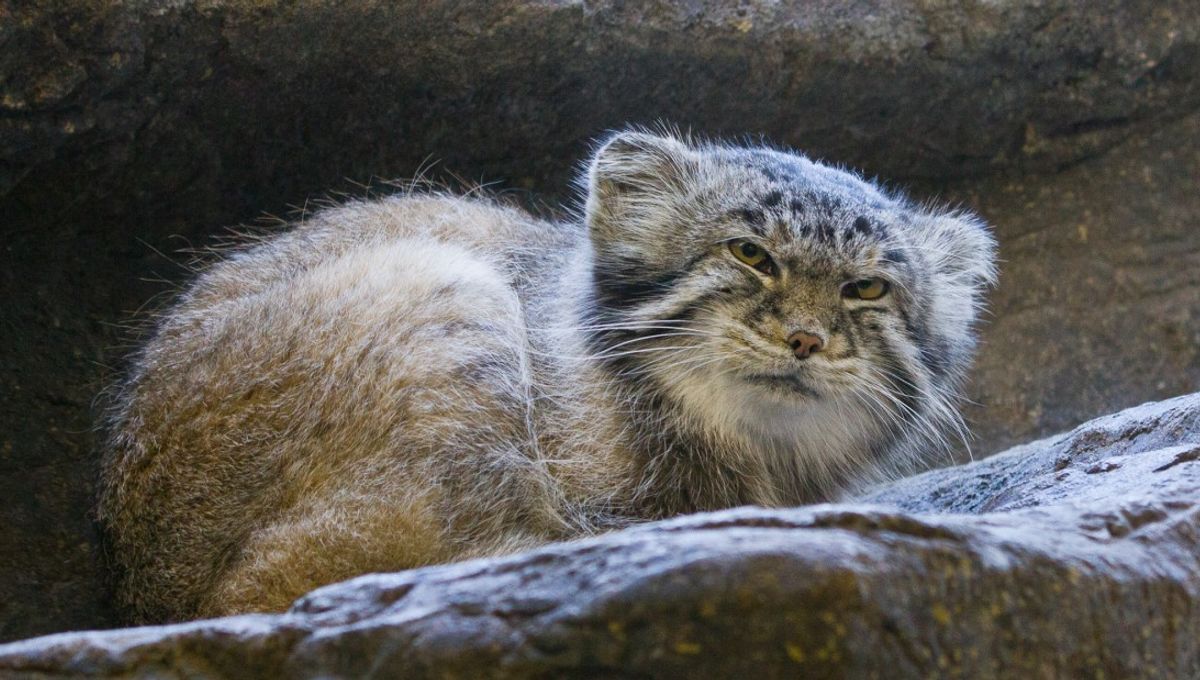
Pallas’s cats have been reported on Mount Everest in eastern Nepal for the first time in scientific record after scat samples were tested for genetic material. The pivotal poop samples were also made up of Pallas’s cats preferred meals in the region, pika, and one unfortunate mountain weasel, demonstrating that everyone’s favorite grumpy feline’s known range can now be extended.
Imagine sweating your way to the roof of the world only to be met with the unimpressed scowl of a Pallas’s cat.
The Pallas’s cat (Otocolobus manul) is the fluffiest feline in the world, famous for its grumpy resting face and adorable habit of putting its paws on its super-floof tail to keep them warm rather than touching the snow. In the BBC’s Frozen Planet II, a comical scene captured the way in which Pallas’s cats will wave their paws to get the blood circulating, a behavior that comes with the unfortunate side effect of revealing the waving cat’s location to potential prey that then legs it.
Cold and hungry? No wonder they look so grumpy.
Now, it seems the judgemental stare of the elusive Pallas’s cat may fall onto the many tourists attempting to tackle the world’s tallest summit, as their genetic material has been identified in the region for the first time in scientific record. Pallas’s cats are incredibly hard to spot in the wild, being shy animals that blend in very well with the environment, but even these sneaky predators have to take a dump from time to time.
It was this poop, or scat, that gave the Pallas’s cats position away as genetic sampling was able to identify the creator of feces found in eastern Nepal, within Sagarmatha National Park, Mount Everest Region. All of the samples tested contained pika (Ochotona roylei), an adorable mammal that’s a staple for Pallas’s cats’ diets, and one sample contained the digested remains of a mountain weasel (Mustela altaica).
“We collected the samples from two locations 6 kilometers [3.7 miles] apart at 5,110 and 5,190 meter [16,800 and 17,000 foot] elevation,” reads the report. “DNA metabarcoding analysis identified two individuals from the collected samples.”
“Red fox Vulpes vulpes scat was identified from the same location as the Pallas’s cat, indicating an overlap in predator territory. These findings extend the range of Pallas’s cat into eastern Nepal and add a new species to the list of known mammals in Sagarmatha National Park.”
So, to any prospective Everest climbers, keep a weather eye on the horizon. If you gaze long enough into the abyss, a grumpy Pallas’s cat might just gaze back.
The observations were reported in Cat News.
[H/T: WCS Newsroom]
Source Link: If You Climb Everest You May Be Met With A Pallas's Cat's Scowl